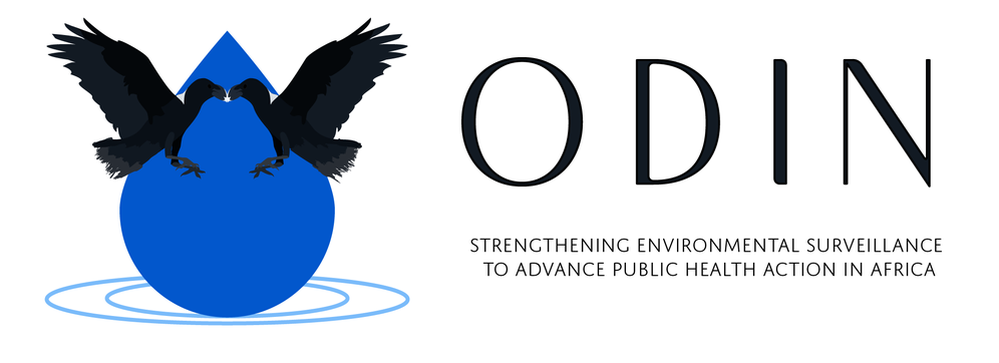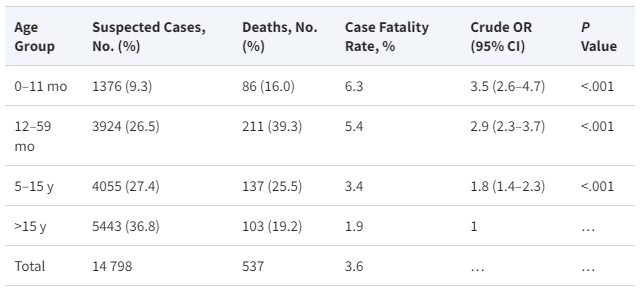
Strengthening pathogen and antimicrobial resistance surveillance through environmental monitoring in sub-Saharan Africa: stakeholder perspectives.

In the face of a rapidly changing global landscape, the threat of waterborne diseases looms large, underscoring the urgency for enhanced and comprehensive surveillance. In this latest paper, titled "Strengthening pathogen and antimicrobial resistance surveillance through environmental monitoring in sub-Saharan Africa: stakeholder perspectives," the authors delved into the intricate web of infectious disease and antimicrobial resistance (AMR) surveillance systems in three diverse sub-Saharan African countries: Tanzania, Burkina Faso, and the Democratic Republic of the Congo (DRC).
The paper emphasised the pressing need to fortify current disease surveillance measures, particularly in the context of monitoring waterborne and re-emerging pathogens, along with the ever-growing threat of AMR.
CLICK HERE TO READ THE FULL PAPER.
Emergence and Global Spread of Mpox Clade Ib: Challenges and the Role of Wastewater and Environmental Surveillance.

Several African countries, mainly the Democratic Republic of Congo, Burundi, and Uganda, are facing highly transmissible mpox clade Ib epidemics, prompting the World Health Organization to declare a Public Health Emergency of International Concern. It has spread to key travel hubs like Kinshasa, Bujumbura, and Kampala, increasing international spread risks. Current mitigation efforts focus mainly on medical care, diagnostics, vaccination, and infection prevention, but overlook wastewater and environmental surveillance (WES). WES can be effective in detecting hotspots and enabling rapid response through enhanced data collection and genomic sequencing. This perspective article reviews the latest outbreak situation and advocates integrating WES into response strategies.